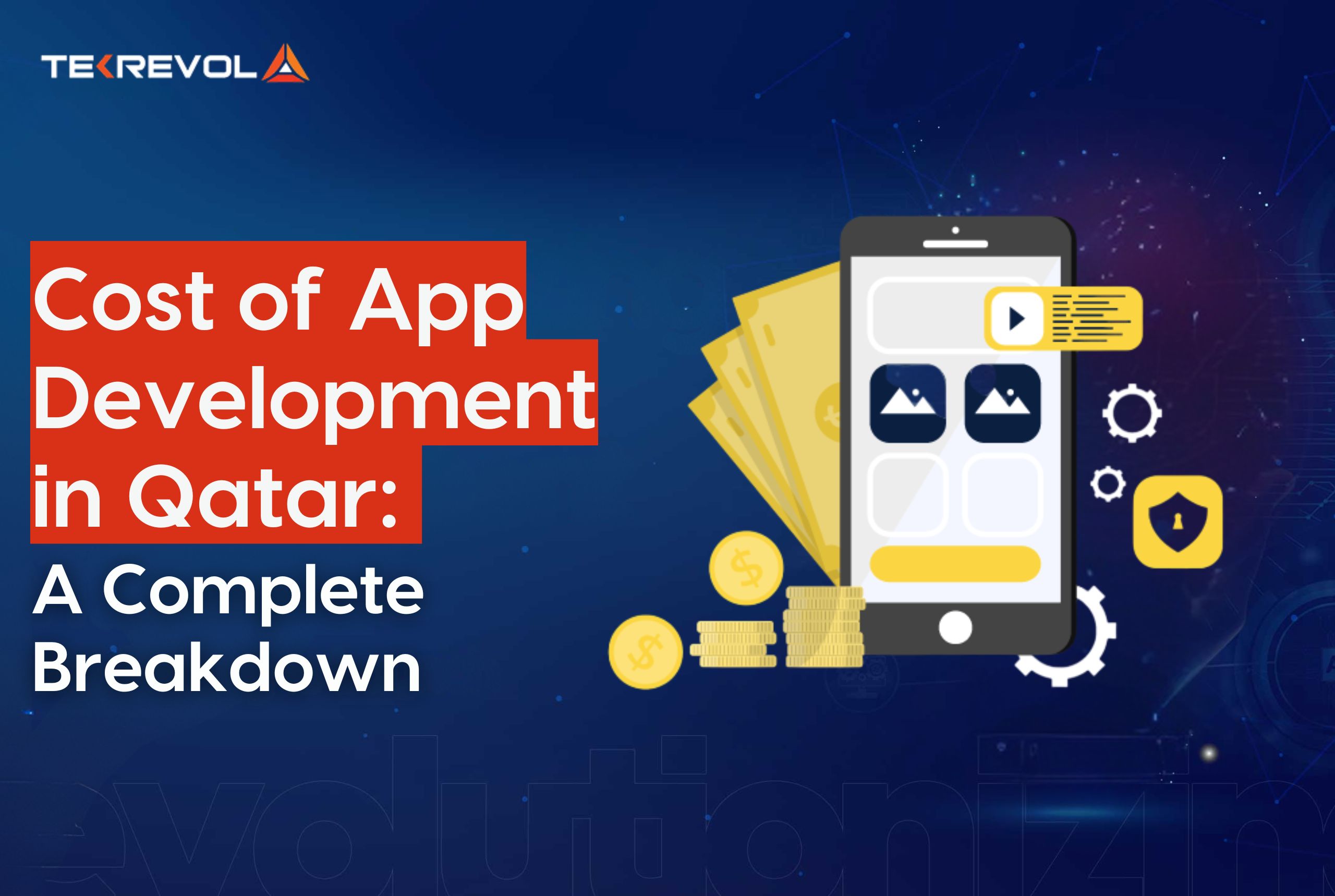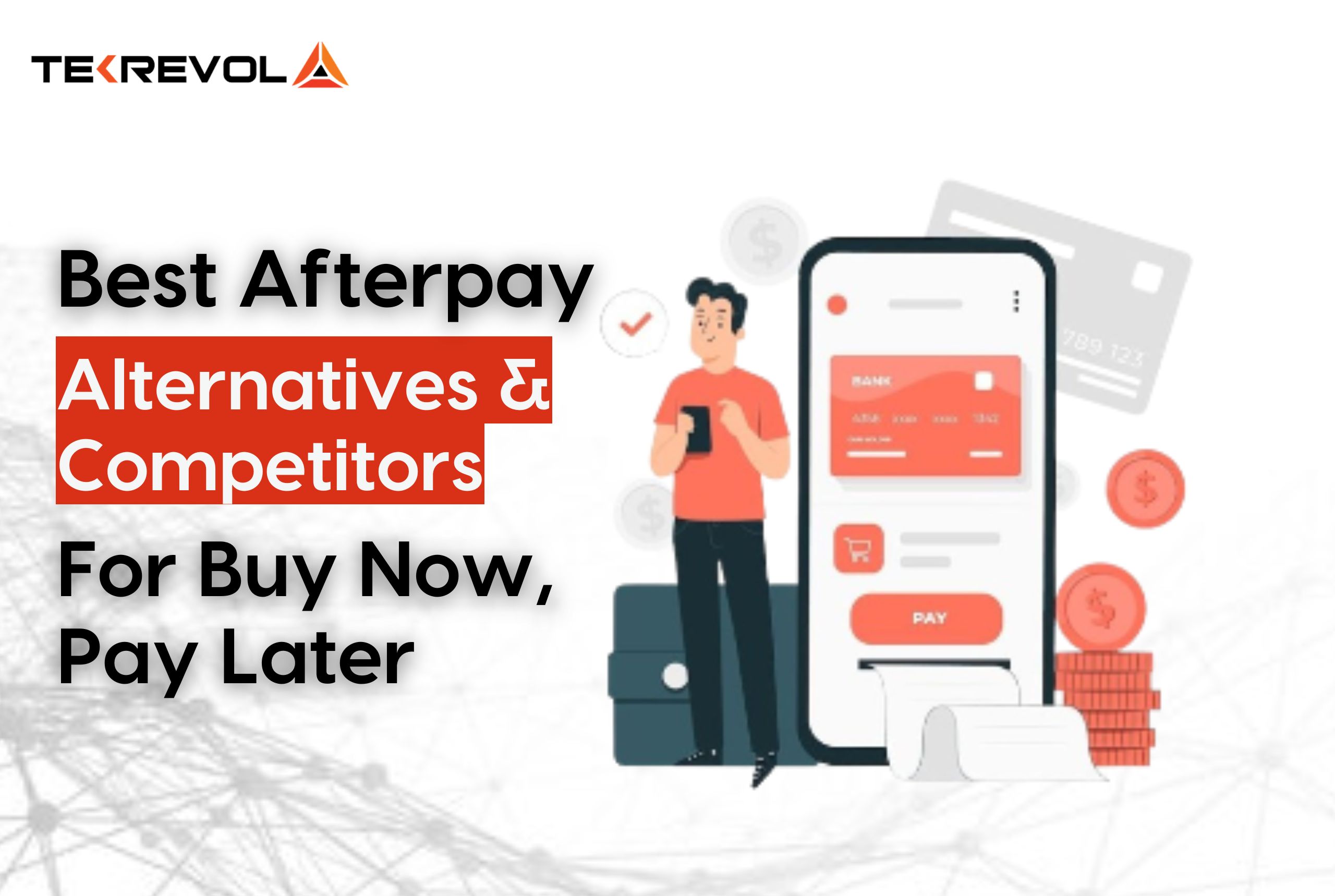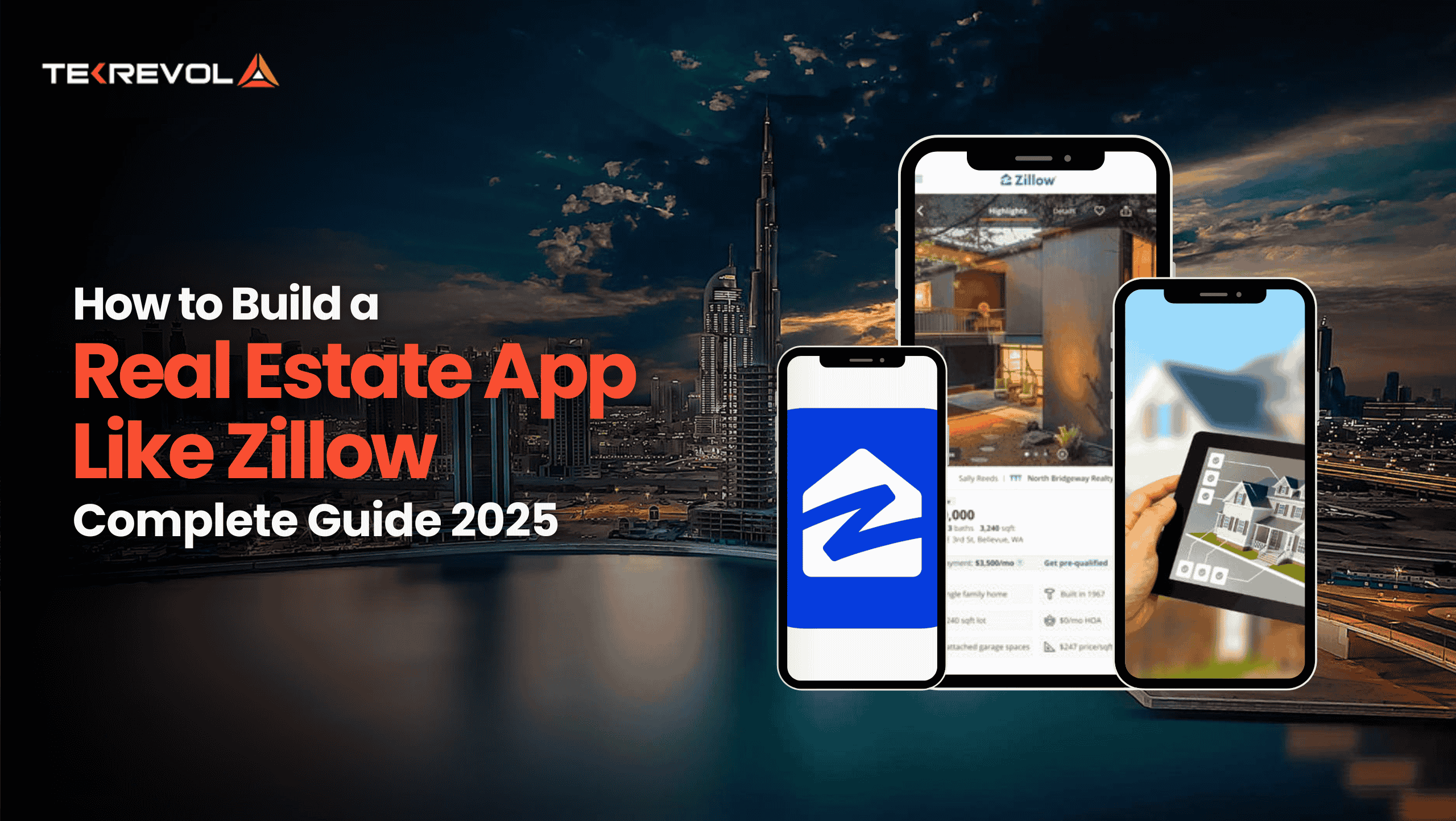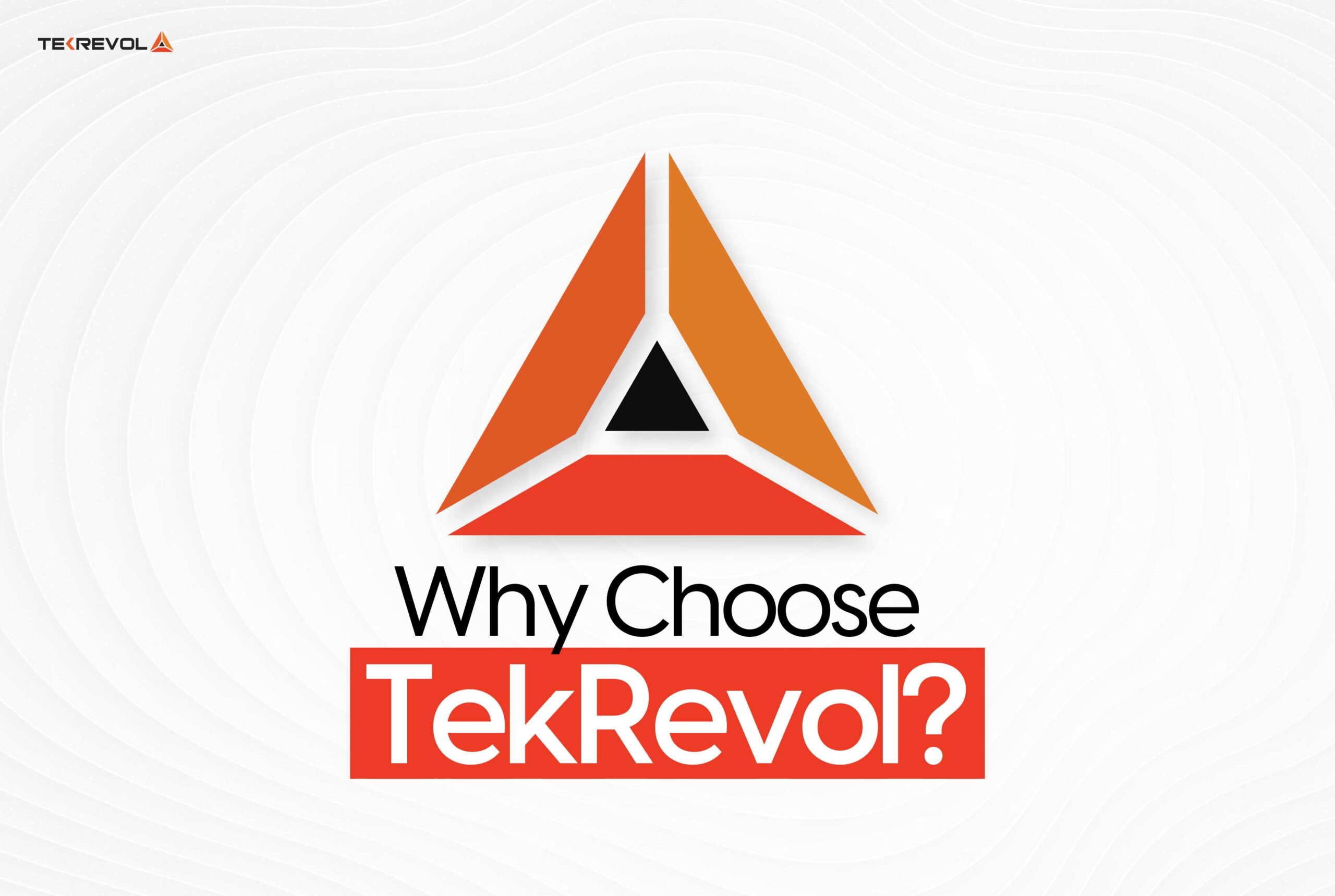In Qatar, where smartphones are part of everyday life and digital progress is a national focus, mobile apps are playing a key role in driving innovation and business success.
So, if you’ve got a billion-dollar app idea customized for the Qatari market, it’s high time to bring that vision to life with a clear plan.
But before proceeding with development, one critical question needs clarification: How much does it cost to build an app in Qatar?
The answer isn’t one-size-fits-all. App development costs here can range from QAR 20,000 for a basic MVP to QAR 300,000 or more for a custom, feature-rich application. Factors like the type of app, platform (iOS, Android, or both), design complexity, backend infrastructure, and the development team’s expertise all shape the final budget.
Thus, to get the best estimate for your app development project, it is always advisable to work with a reputable mobile app development company in Qatar that really knows the local market and local user behavior as well as industry-specific needs.
In this blog, we break down app development costs in Qatar so that you know exactly where your money is going and how you can budget best for your app idea.
- Need a clearer picture of your app budget?
- Use our App Cost Calculator for a quick estimate or connect with our team for a custom breakdown.
Average Mobile App Development Cost in Qatar
The cost of mobile app development in Qatar may fluctuate considerably depending on many factors, including complexity, features, targeted platforms (iOS, Android, or both), UI/UX design, and backend infrastructure.
- Basic applications with simple functionality, such as merely displaying some informational pages or giving limited user interaction, may cost QAR 20,000 to QAR 70,000.
- Mid-level applications with APIs, features with real-time communication, and third-party integrations usually cost QAR 75,000 to QAR 150,000.
- Depending on the scope, these complex custom-built applications (such as marketplaces, financial apps, on-demand platforms, etc.) can exceed QAR 200,000.
| App Type | Estimated Cost | Development Timeframe | Key Features |
| Basic App | 20,000 – 70,000 | 1-2 months | Static content, simple UI, no backend, basic contact |
| Mid Level App | 75,000 – 150,00 | 2-4 months | API integration, user login, admin panel, push notifications |
| Custom App | 200,000 – 300,0 00 | 4-6 + months | Real-time features, advanced UI/UX, payments, analytics, scalability |
| Enterprise-Level App | 350,000+ | 6 + months | Custom workflows, multiple user roles, high security, and integrations with enterprise systems |
App Development Environment in Qatar
- Mobile app revenue in Qatar is projected at $220 million by 2025, at a CAGR of 8.4 % .
- The broader digital transformation market (cloud, IoT, AI, mobile apps) is expected to reach $9.19 billion in 2025, growing at 16.4 % CAGR through 2030.
These numbers reflect both consumer demand and business investment in new digital services.
Qatar’s e‑Services Market Growth
- Projected revenue of $1.628 billion (QAR 5.9 billion) by 2025, expanding at a compound annual growth rate (CAGR) of 12.6 % between 2025–2029, reaching an estimated $2.615 billion. This broad “e‑services” category includes clean‑&‑repair‑type apps, reinforcing the market’s strength.
- Online food delivery is a key on‑demand segment. It is expected to grow 28 % from now until 2026, with its standalone revenue forecasted at $1.616 billion by end‑2025. Strong momentum here illustrates broader acceptance of on‑demand platforms.
What Really Impacts Mobile App Development Costs? Here’s What to Know
The mobile application development is not all about writing code but much more, and every aspect has a very direct influence on the cost involved in it.
Even though you’re launching a startup product or just upgrading an enterprise solution, knowing what the primary cost driver is can benefit you so much in planning things well, avoiding incidental costs, and making sure that the app overcomes some challenges regarding resource usage.
These are the various determinants of mobile app development costs, complete with useful tips to help you keep within your budget:
1. Development Team Structure
The cost of the project would influence highly on the size, experience, and location of your development team. Controlling an in-house team would probably be very costly, considering salaries, benefits, and structure. Outsourcing agencies or freelancers would save cost, but it might not be very smooth communication and project management.
Well-trained developers, designers, and QA testers would cost much, but they would very much take fewer iterations to get their work almost perfect.
Tip: Need quality hires without stretching your budget? Collaborate with a reliable mobile app development company — they bring the expertise, scalability, and cost-efficiency you need.
2. Application Design and User Experience
Aesthetics aren’t the only thing that matters in an app — user interaction plays a much bigger role in how the product is experienced. UI/UX budgets are typically planned with care to ensure the product is both intuitive and visually engaging for users.
Such things as custom illustrations, animations, and transitions improve customer journeys but at the expense of extra time and costs in development.
Tip: Start with a basic but clean design. Focus on functionality and ease of use. As the app grows, you can upgrade the visual experience in future iterations.
3. Security and Data Protection
Data protection is non-negotiable if your app collects user information, such as personal, financial, or behavioral. End-to-end encryption, secure authentication methods (such as biometrics or two-factor authentication), and compliance regulations increase development time and cost.
Security is paramount for fintech, e-commerce, and healthcare apps, which could greatly suffer financially and legally from any breach.
Tip: Identify what would be most sensitive for your app early on and design security features around it from the outset. Adding security to an app after development is always more expensive.
4. Features and Functionalities
The more features your app has, the more it costs to make. Basic functionalities like user login, push notifications, or a contact form may cost relatively little. But features that require more development and testing time, such as AI integration, in-app chat, real-time syncing, GPS tracking, and sophisticated admin panels, add more costs.
Each feature affects the time, complexity, and cost of the app — therefore, prioritization is critical.
Tip: The app’s first state must be an MVP, which contains only the most crucial functionality. You can incorporate feedback and improve on it in future releases.
5. Maintenance and Support
Lack of maintenance simply means that app-bugs will not be fixed, new updates will not be added, performance will be halved, and new OS updates will not be supported. It also invites negative reviews from users, dropping user engagement and retention, leading to long-term abandonment.
The more complex the app, the more frequent and expensive the maintenance.
Tip: Maintenance after launch should be part of the plan from the start. You should set aside about 15 to 20% of your initial development budget for annual maintenance.
6. Platform of Choice (iOS, Android, or both)
Developing an application for either iOS or Android is more cost-effective compared to an app for both. Native applications perform better as they are specially designed for a particular platform, but they are costly.
Today, cross-platform frameworks such as Flutter and React Native bring people down from the cost of integrating an application within a single codebase for both platforms.
Tip: Prior to doing anything else, determine which platform your target audience prefers. Start there and work your way up after the app gains interest.
7. Backend Infrastructure
Most of the modern applications need the backend to maintain their data, profile on the cloud, or for real-time updates. Establishing a secure and scalable backend adds to a significant cost, especially if the app is integrated with many or built for large data storage.
One can make backend development easy with the help of cloud platforms like AWS, Firebase, or Azure; however, they are costlier because of their pay-per-use policy.
Tip: Serverless or cloud-based backends with a pay-as-you-go principle will be preferred as they save users upfront costs, and one pays only for use.
8. Third-Party Integrations
These days, most apps don’t run on their own — payments go through Stripe or PayPal, analytics come from Firebase or Mixpanel, and social logins are often handled by Google or Facebook. Even CRM tools are usually third-party.
They give you a kickstart in development but often come with some subscriptions or licensing costs or are time-consuming to set up.
Tip: Evaluate if each third party is really worth it. Don’t clutter your app with irrelevant plugins during the launch phase.
9. Legal and Compliance Requirements
Depending on the region or industry for which your app is targeted, that app may need to conform to certain regulatory requirements such as the GDPR, HIPAA, PCIDSS, or COPPA.
Added levels of complexity arise out of such regulatory requirements- security, data handling up to user consent processing- and most of the time, a consultant needs to be called.
Tip: Knowing your compliance requirements early can save you from expensive legal troubles or reworks after your app goes live.
- Have an app idea but need expert advice?
- Reach out to us for a comprehensive project plan and cost estimate. We’re here to help you bring your vision to life!
Budgeting Your App Project in Qatar: Cost Insights per Development Stage
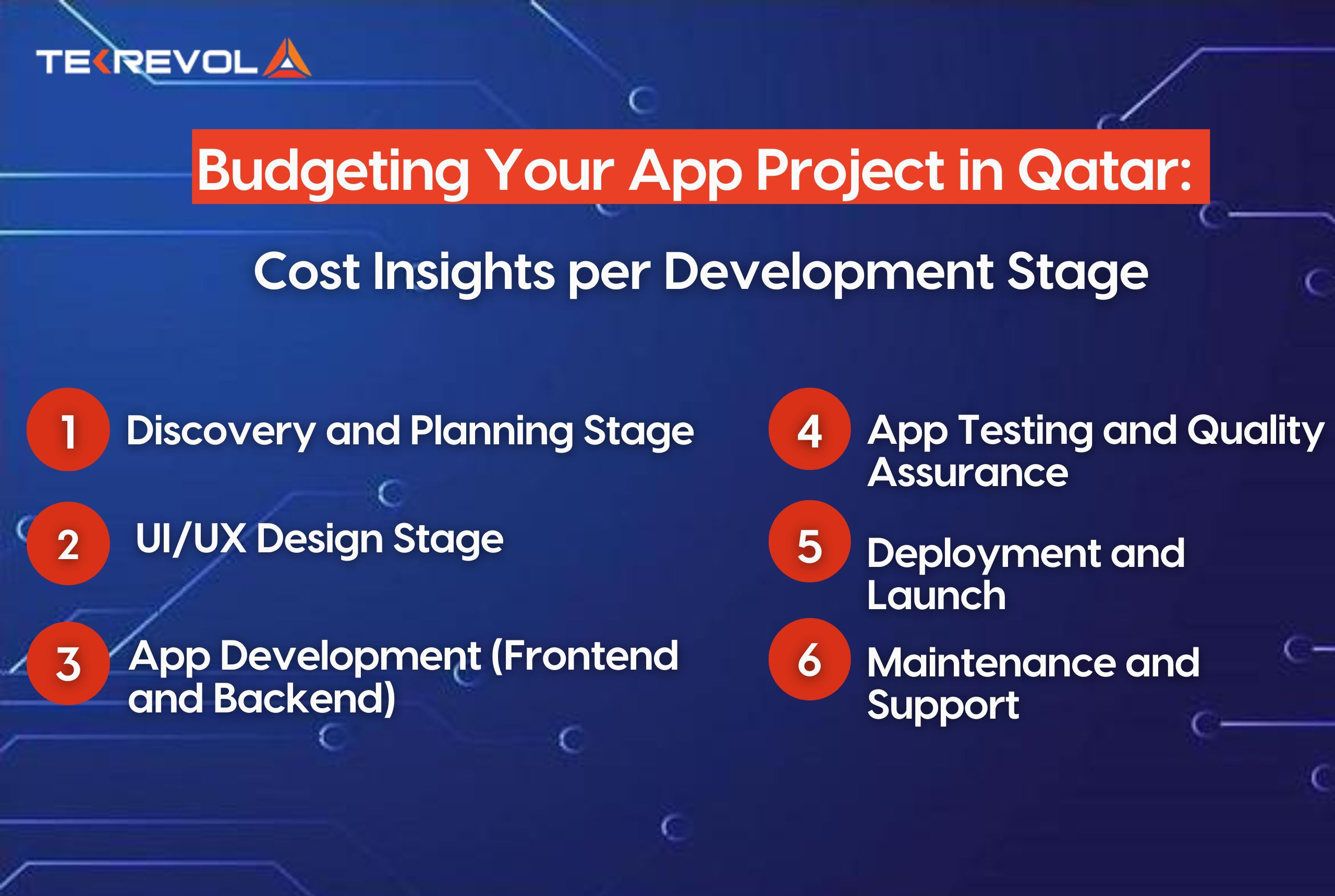
The cost of mobile application development and how this cost can be distributed among different phases is important for the budget and planning of the entire project. Here is a stage-wise average cost breakdown for the app development process in Qatar:
1. Discovery and Planning Stage
Cost in Qatar: QAR 5,000 – QAR 20,000
It is the first and most important stage where your idea starts to take shape. You can now work with business analysts and strategists by defining your application goals, target audience, features, and overall functionality. This stage involves market research, competitor analysis, and creating a project roadmap.
Key Deliverables:
- Requirement gathering
- Market Research
- Project Scope and Timelines
- Budget Estimation
Tip: Don’t skip this step. A well-planned discovery phase saves costs later during development by avoiding scope changes.
2. UI/UX Design Stage
Estimated Cost in Qatar: QAR 5,000 – QAR 25,000
An interface that anticipates user needs and is simultaneously beautiful appears to be the winning card for user acquisition and retention. The stage of design includes UI and UX designs to ensure that your app is not only functional but also pleasurable.
What Is Included:
- Wireframing: Basic layout sketches that show the arrangement of each screen.
- Interactive Prototypes: Simulate the user flows to test the functionality before the onset of the development.
- Visual Design: High-res UI elements, icons, animations, and branding assets.
Why it Matters: A well-designed interface not only draws users in but also keeps them engaged, offering developers a smoother process through consistent and intuitive visuals.
3. App Development (Frontend and Backend)
Estimated Cost in Qatar: QAR 50,000 – QAR 300,000+
The most resource-authorized stage. Developers begin coding your application, which focuses on both front-end (what consumers see) and back-end (server, database, APIs). What’s Included:
Front-End Development: Using frameworks like Flutter, React Native, or Swift for building the app interface.
Back-End Development: Setting up the server, database, and APIs for real-time communication and data handling.
Third-Party Integrations: incorporation of payment gateways, GPS, push notifications, chat, or analytics tools.
Note: Start with a Minimum Viable Product (MVP), which helps you launch quickly and collect feedback from users before coding advanced features.
4. App Testing and Quality Assurance
Estimated Cost in Qatar: QAR 5,000 – QAR 15,000
If an app is extremely beautiful yet has a lot of bugs or crashes repeatedly, it is doomed to fail. Quality assurance (QA) and testing are essential because they check the smooth running of your app with security and intended functionalities across devices and platforms.
This Includes:
- Functional Testing: Verifying that every feature works as expected
- Performance Testing: Measuring the app’s speed, responsiveness, and stability while under load.
- Security Testing: Safeguarding mobile applications against threats and vulnerabilities to protect sensitive user data.
- Compatibility Testing: Testing various operating systems (iOS and Android), screen sizes, and devices to ensure seamless performance across the board.
Why is this so important? Quality assurance helps to safeguard your brand reputation and mitigate the chances for user dissatisfaction. Better testing leads to a better user experience, positive reviews, and fewer support requests.
Proper demo: Be sure that the real device test will give you an accurate outcome and not just the emulator.
5. Deployment and Launch
Estimated Cost in Qatar: QAR 3,000 – QAR 10,000 or more
Once the application is developed, it has to be deployed and submitted to the respective app stores. This phase includes everything that goes into fulfilling the submission requirement of Apple or Google and can optionally include marketing activities to generate traction during launch.
- App Store Submission: Opening developer accounts and submitting review applications.
- Metadata & Optimization: Writing engaging app descriptions, preparing screenshots, and optimizing for keywords.
- Initial Support: Addressing user feedback and bugs post-launch.
Why It Matters: The initial performance of your software can be significantly impacted by how it is released to the market. A well-planned launch and appropriate store optimization can increase visibility and downloads.
Tip: Prep all marketing materials and app screenshots ahead of time to speed up the launch process.
6. Maintenance and Support
Estimated Ongoing Cost: QAR 2,000 – QAR 10,000/month or more
Once the app is launched, the actual development is considered to be done. Regular maintenance is of utmost importance to keep the app updated with the latest OS versions, working properly, and catering to user expectations.
Components of Maintenance:
- Bug Fixes: Fixed the bugs reported by users.
- Performance Updates: Updates that improve loading time, reduce crashes, and optimize storage.
- Feature Enhancing: Adding new features as requested by users or according to market trends.
- Compatibility Updates: Making the app compatible with the latest models and OS versions.
Importance: Maintenance is the key to the sustained performance of an app; ignoring this phase could drive users away and cause negative reviews and falling ranks for the store.
Note: Keep a budget of around 15–20% of your initial development costs every year for post-launch support.
Top High-Demand Apps in Qatar and Their Average Development Costs
The digital ecosystem of Qatar is presently on a fast track, and the investments in mobile app development have therefore increased since local demands and customer experience are where the maximum efforts pour.
Given below is a summary of the most popular app categories in Qatar and the average development costs associated with them:
1. E-Commerce Apps
The e-commerce apps in Qatar are now of strategic importance to startups and existing brands for their online retail activities. Through e-commerce apps, businesses can reach a market larger than the physical one and create a hassle-free shopping experience.
- Average Budget: QAR 50,000 – 120,000
- Key Features: Product catalog, cart, checkout, user profiles, payment gateway integration, order tracking.
- Complexity: Moderate to high, depending on feature set and scalability.
2. Delivery Application
Food delivery apps are on the rise in Qatar, offering convenience to users and extending the reach of restaurants.
- Average Budget: QAR 60k -150k.
- Key Features: Real-time order tracking, restaurant listing, driver app, in-app payments, and reviews.
- Complexity: High (In most cases, there will be three modules: user, restaurant, and delivery agent.)
3. Healthcare & Telemedicine Applications
Digital health is gaining popularity in Qatar, and healthcare apps are being used for booking appointments, virtual consultations, and managing patient records.
- Average Budget: QAR 100,000 – 200,000
- Key Features: Video consultations, health records, symptom checkers, e-prescriptions, secure chat.
- Complexity: High, mainly with security and HIPAA/GDPR compliance.
4. Fintech & Banking Apps
Financial apps—such as mobile wallets and banking platforms—are vital to Qatar’s booming scene of fintech.
- Average Budget: QAR 100,000 – 250,000+
- Key Features: User authentication, transaction management, QR payments, analytics dashboards
- Complexity: Very high, considering the security aspects and integrations with banking systems.
5. On-Demand Service Applications
On-demand apps are booming in Qatar, making it easier than ever for users to book services like cleaning, plumbing, and home repairs with just a few taps.
- Average Budget: QAR 150,000 – 300,000+
- Key Features: Booking system, service provider profiles, calendar sync, push notification
- Complexity: Medium, depending on features and automation
TekRevol: Your Trusted Partner For App Development in Qatar
We have taken you step-by-step through the major factors that affect the cost of mobile app development; after all, understanding the investment is just as important as the idea itself.
But another equally important step is finding an app development company that not only realizes your vision but also can turn that vision into a dependable, scalable, and user-friendly digital product.
TekRevol is one of the best mobile app development companies in Qatar. With a proven track record of developing apps that are scalable, innovative, and user-focused, we help to keep businesses like yours ahead of the game in an ever-so-competitive digital environment.
We have a team comprising talented app developers in Qatar, aesthetic designers, product strategists, and QA experts, all collaborating to design your vision. Right from the planning stage to support after the launch, we will ensure every detail is executed to perfection.
Whether you want an MVP or an enterprise-level solution with all bells and whistles, TekRevol will take you through the journey at every step.
- Have an app idea but not sure where to start?
- We help you navigate the development process with expert guidance and innovative solutions.

